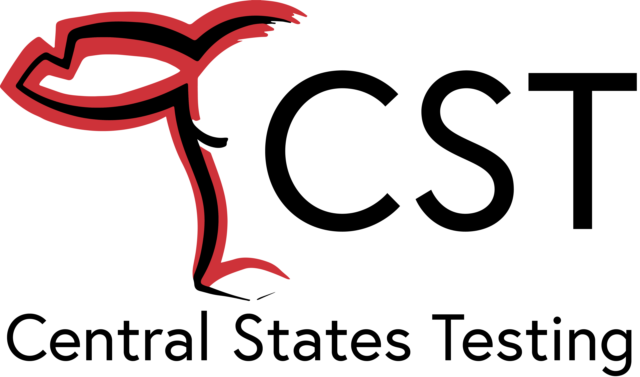The role of cow nutrition in beef cow-calf enterprises appears pretty straightforward. If momma is fed well enough, she will cycle and breed on schedule. Once she gives birth, the quantity and quality of feed available to her will support (or not) her genetic potential for milk production.
Since the key driver of profitability is pounds of calf weaned, and that is largely determined by number of calves, calf age and milk production, we can measure the returns on nutritional investments in these areas.
But wait! There’s more …
At the recent AFIA Liquid Feed Symposium, NDSU’s Dr. Kimberly Vonnahme was asked to address the topic of fetal programming. She defined programming as “the process through which a stimulus or insult establishes a permanent response.”
The significant word here is permanent. In the case of the brood cow, we are beginning to better understand how nutrition during pregnancy can have lifelong impacts on the calf she is carrying, potentially to the detriment of its performance and productivity.
Most of us were taught in some basic introduction to genetics that phenotype (what we see in the actual animal) is driven by genotype (the genetics inherited from parents) plus environment.
The concept of fetal programming simply extends ‘environment’ to include conditions in the womb. That really makes sense when you think about how much of a calf’s total life is actually spent in utero.
Vonnahme’s presentation reviewed ongoing research in animals and humans that has highlighted some key principles in fetal programming, as well as insight into some of the underlying mechanisms.
- Different organs and tissues develop at specific times during pregnancy and have corresponding periods of vulnerability to suboptimal conditions.
- The placenta plays a key role in programming.
- Developmental compensations triggered by uterine stress or deficiencies often carry a price in other areas.
As an example, Vonnahme showed a slide of cows in two very different environments: grazing a lush green pasture and out on very arid, rocky range. If the second group is not adequately supplemented, the message reaching their unborn calves is that life is going to be nutritionally challenging.
As a result, their digestive tracts develop differently. And, since this will of necessity utilize resources (such as specific nutrients) that otherwise would have been used in development of another less biologically critical, but possibly economically important, area, these calves enter the world with a reduced potential for profitable production.
More specifically, inadequate cow nutrition can actually lead to reorganization of organ cellular structure, altered cell numbers and organization, and changes in which genes are read and expressed.
That may sound pretty abstract, but the results can be readily seen in the growth, efficiency, carcasses and reproductive performance of offspring. All of these certainly carry economic implications.
But wait! There’s more …
Vonnahme pointed out that this field of study is now more properly referred to as ‘Developmental Programming.’ That’s because calves continue some areas of basic development after birth.
So a cow’s plane of nutrition during late gestation and early lactation drives more than just the number of calories available via milk for calf growth. For example, cow mineral nutrition is directly tied to calf mineral status, which in turn impacts development ... and their health and performance.
But wait! There’s more …
Initial work done with rodents shows that the dam may not be solely responsible for developmental programming. Males exposed to various stressors sired offspring whose fetal development was negatively impacted.
Similar work in livestock in largely lacking, but chances are that bull nutrition prior to breeding can have at least some impact on his genetic contribution to the mating.
It is clear that developmental programming is important to animal health and productivity. The environment we help create in the uterus has measurable impacts on essentially every economically important attribute:
- Growth and nutrient transfer
- Reproductive capacity
- Aging and lifetime productivity
The presentation closed with a quick rundown of anticipated future research direction. Focus will be on identifying critical time periods for supplementation, the importance of specific nutrients, the role of maternal efficiencies and maternal age, and factors that impact uterine and placental blood flow and mammary gland development.
So wait! There’s more to come … ![]()
—From Quality Liquid Feeds CattleSense newsletter, September 2013







